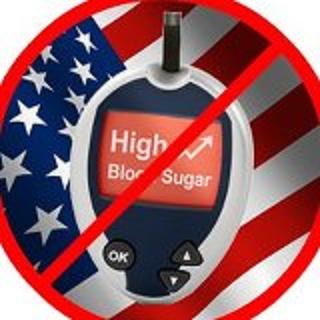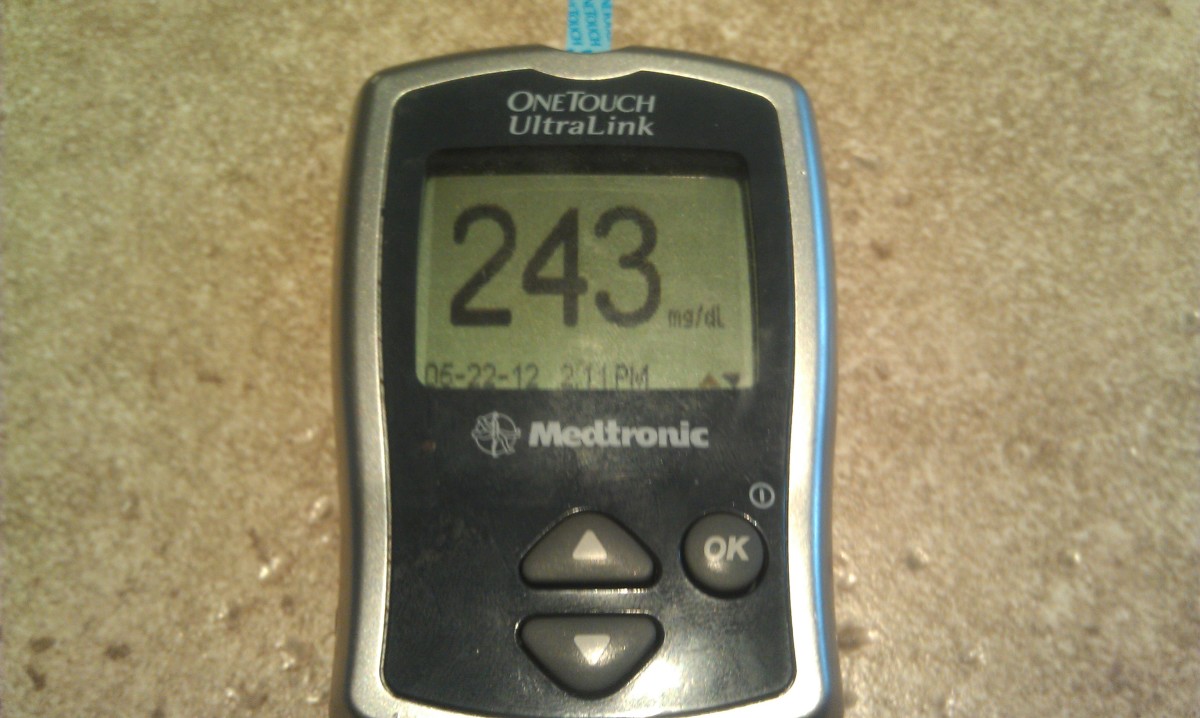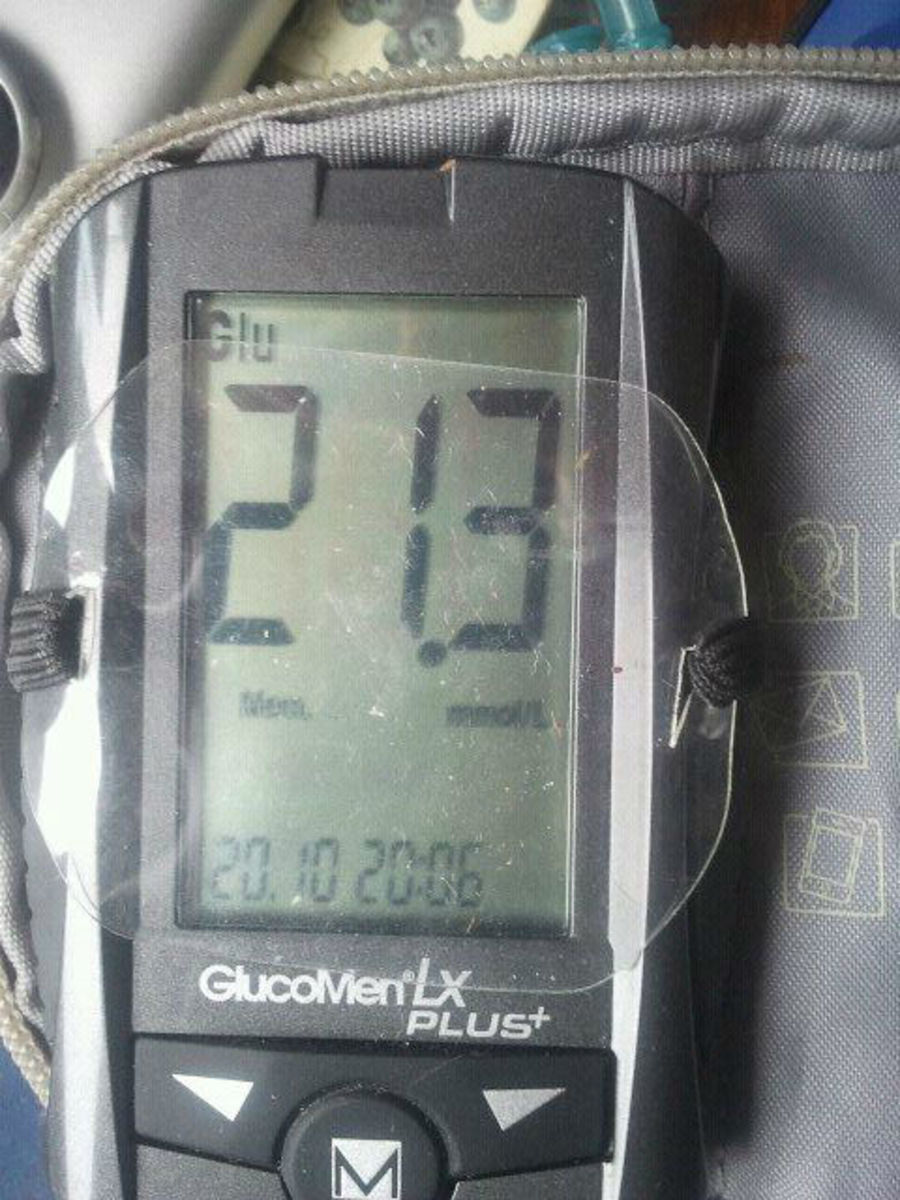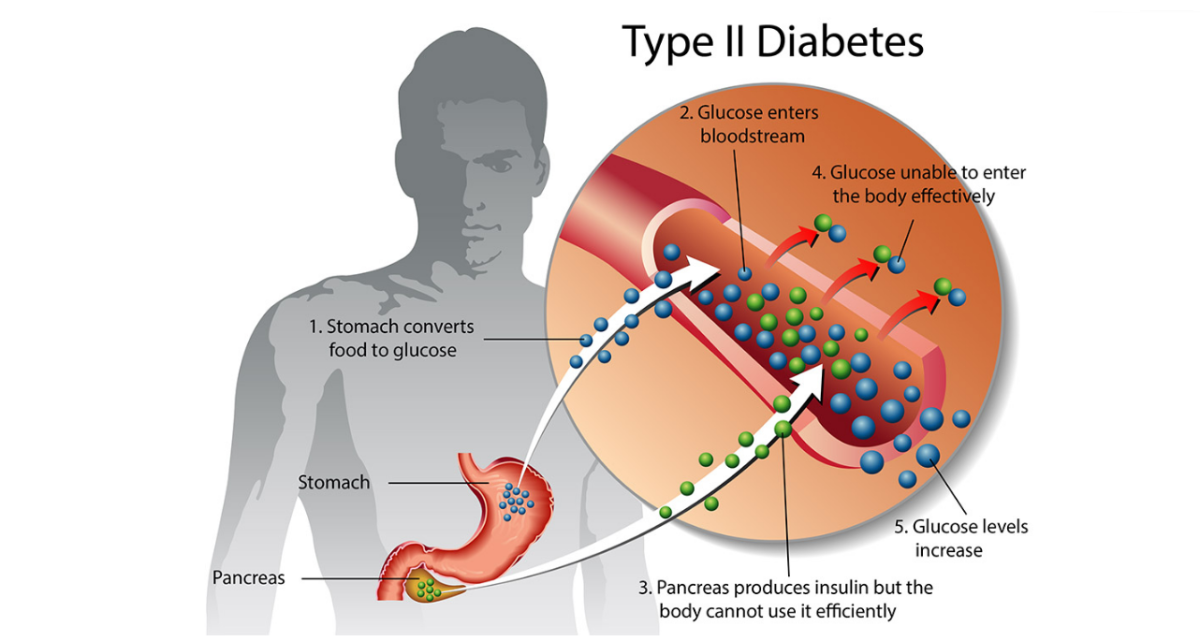What is Pre Diabetes and Am I at Risk
Diabetes Free America

What is Prediabetes?
Prediabetes, also known as glucose intolerance or borderline diabetes, is characterized by blood sugars that are higher than normal but not yet high enough to carry a diagnosis of full-fledged diabetes.
There are a number of reasons that your blood sugars may be high. You may have an injury to your pancreas and are not producing enough insulin to remove the glucose from your blood, or your body may not recognize the insulin that you are creating, or you may have metabolic syndrome.
Symptoms of high blood sugar are thirst, frequent urination, blurred vision, fatigue, frequent or recurring infections, slow healing and numbness or tingling in your hands.
Am I At Risk?
Risk factors are:
- Age – the older you are, the greater your risk.
- Gender – Men are more likely to be undiagnosed than women
- Race – Nearly every person of color is at higher risk than Caucasians. This includes African Americans, Mexican Americans, Native Americans, Asian Americans, Pacific Islanders, and Native Hawaiians
- Family – Having an immediate family member with Diabetes may mean you have a genetic risk component
- Gestational Diabetes – Having once been diagnosed with gestational diabetes means you have a greater risk for developing it later in life
- High Blood Pressure – Perhaps because both high blood sugar and high blood pressure are part of metabolic syndrome, they tend to go hand in hand
- Level of Activity – People who have a higher level of activity have less risk than those who are sedentary
- Body Mass Index (BMI) – The ratio of height to weight is a risk factor. People who are overweight or obese as determined by a BMI over 26 are at higher risk.
You should ask your doctor to test your blood sugar if you are over age 45 and are overweight. You should get tested if you are younger than age 45 and have hypertension, low HDL, high Triglycerides or a family history.
Test Results: HgA1C Ranges
Hemoglobin A1C is a measure of the amount of hemoglobin that has glucose bound to it. The more glucose you have in your blood, the more HgA1c is made. Because hemoglobin has a half-life is several months, HgA1c is a good indicator of how your blood sugars have been over a 2-3 month period on average.
A healthy blood sugar is indicated by HgA1c of 5.8 or lower .
If your HgA1c is 5.9-7.0, your blood sugars have averaged in the range of 126-155. This is the level at which your doctor may tell you that you are borderline or prediabetic.
Because you have not been diagnosed with Diabetes, does not mean that trouble is not brewing. Before being diagnosed, many people live with prediabetes for 8-10 years and the damage of high blood sugar begins long before you reach the level of diagnosis.
High blood sugar affects the circulatory system so it affects every organ in the body. Even a modest rise in blood sugar can produce serious consequences.
What this means for you is an increased risk of heart attack and stroke, decreased energy, stamina and mental sharpness, increased risk of circulatory issues, breathlessness, erectile dysfunction and Alzheimer’s disease, increased joint and abdominal pain, increased respiratory infections, allergies and asthma.
Hemoglobin A1c of 7.1 or higher is an indication of high blood sugar. Your doctor will probably want to do at least one more test to determine if a diagnosis of diabetes is warranted.
The consequences of uncontrolled blood sugar include Heart Disease, Peripheral Vascular Disease and Stroke, Poor vision (Retinopathy), Nerve Damage (Neuropathy), Kidney Failure, Poor Healing and Amputations, Sexual Dysfunction, Depression and Alzheimers.If you have high blood sugars, it is expected that complications of Diabetes will rob you of 10-15 years of your life.
These complications affect anyone with high blood sugars, whether they have been diagnosed or not. Whether you are in the “borderline range” or actually in the Diabetic range, high blood sugar is more dangerous than you think.
Next Steps on Your Road to Wellness
Diabetes Free America is a unique, self-managed wellness program led by a healthcare professional in your area. Diabetes Free America includes a structured Mediterranean style meal plan, lifestyle modification, and weekly group meetings. You will gain the skills to reduce your blood sugar naturally, lose weight, increase your energy, and restore your body and your spirit.
Billi Grossman, RD is a licensed provider of Diabetes Free America in New Mexico. If you would like more information, please go to http://www.billigrossman.com/Group.html or email her at nutritionist@billigrossman.com
Increased Risk of
| Results
|
|---|---|
heart attack
| HgA1c 7.1 or greater
|
stroke
| corresponds to blood sugar >155
|
retinopathy
| |
nerve damage
| |
kidney failure
| |
heart attack and stroke
| HgA1c 5.9-7.0
|
poor mental clarity, mood, alzheimers
| corresponds to blood sugars
|
circulatory issues
| 126-154
|
inflammation - joint and abdominal pain
| |
infections
| |
allergies and asthma
| |
Healthy Cardiovascular System
| HgA1c 5.8 or lower
|
Healthy Immune Function
| corresponds to blood sugars <126
|
Increased Energy
| |
Restful Sleep
| |
Improved Skin Tone & Elasticity
| |
Sense of Well Being
|








